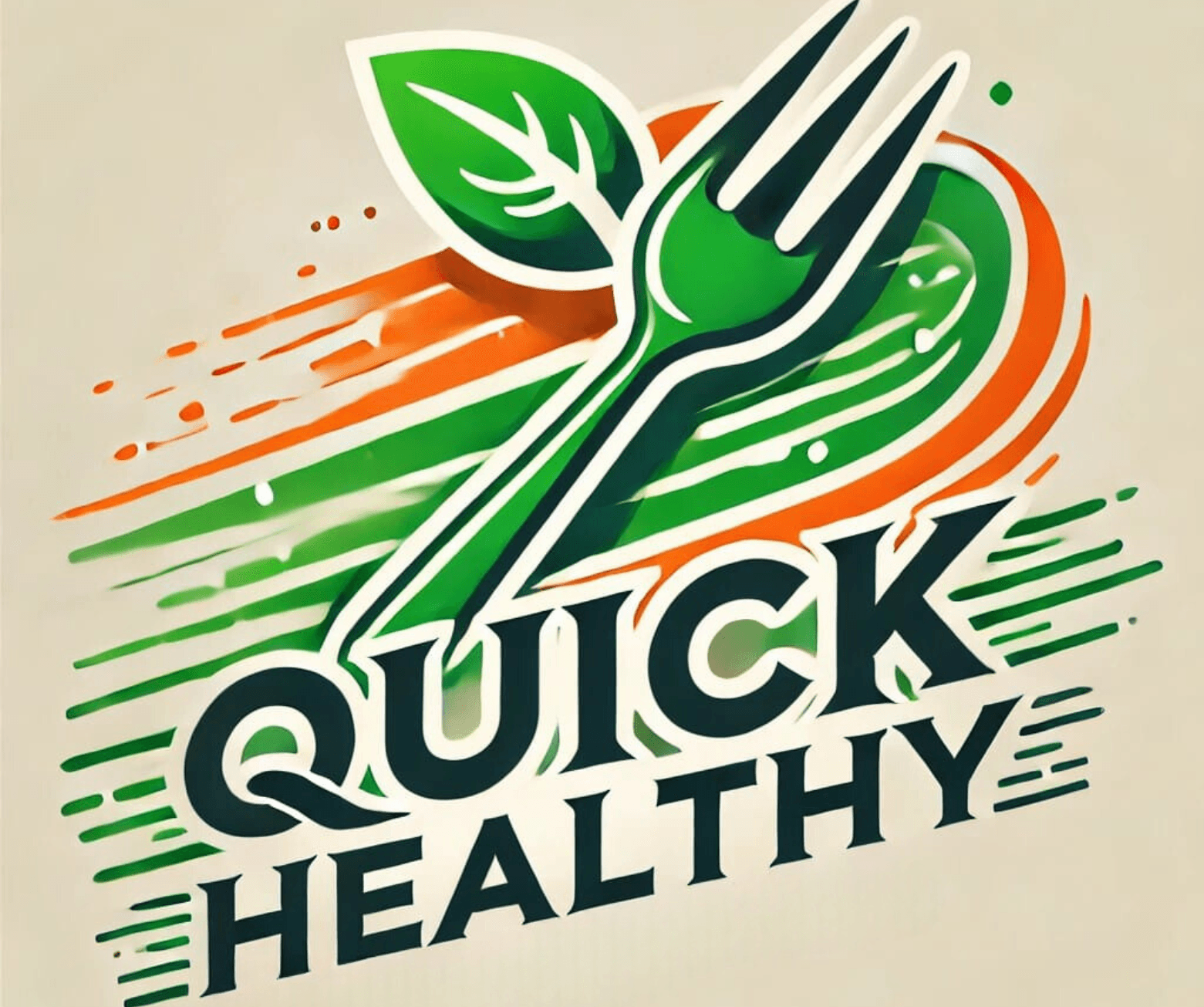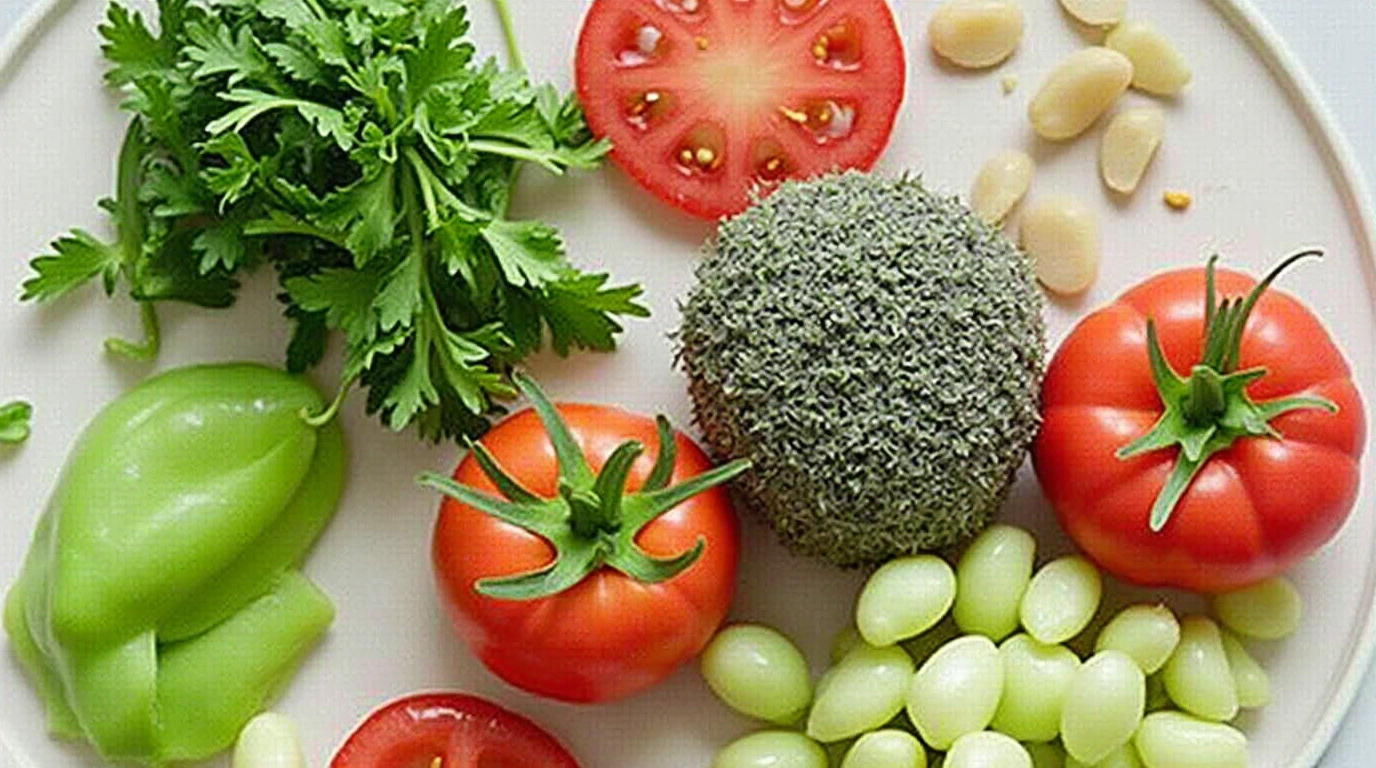Vegetables Beginners Will Love: 10 Easiest to Grow in Your Garden
Table of Contents
Have you ever wondered why gardening seems so intimidating, even though it’s just about growing plants? Many people think they need fancy tools or years of experience to grow their own food. But what if I told you that some Vegetables are so easy to grow, even a complete beginner can succeed? In this guide, we’ll explore the top 10 easiest Vegetables to grow, perfect for anyone starting a garden. Whether you have a big backyard or just a sunny windowsill, these tips will help you create a thriving little patch of greenery.

Overview
This isn’t just a list—it’s your ticket to fresh, homegrown Vegetables without stress! Growing your own produce is simpler than you think, and with the right choices, you can enjoy delicious harvests in no time. This project requires minimal effort, takes only a few minutes each week, and has a difficulty level of “super simple.” You don’t need expensive equipment or advanced knowledge; all you need is a bit of sunshine, soil, water, and patience. Ready to get started?
Essential Ingredients

Before diving into planting, let’s talk about the star players: the Vegetables . Here’s our lineup of the 10 easiest ones to grow:
1. Lettuce
- Why it’s great: Grows quickly, loves cool weather, and thrives in containers.
- Substitution: Spinach or arugula for similar leafy greens.
2. Radishes
- Why it’s great: One of the fastest-growing Vegetables , ready in as little as 3 weeks!
- Variation: Try different colors like pink or black radishes for fun.
3. Carrots
- Why it’s great: Perfect for small spaces, carrots require loose soil but otherwise are low-maintenance.
- Tip: Use baby carrot seeds for quicker results.
4. Green Beans
- Why it’s great: These climbers produce abundantly and are forgiving of mistakes.
- Alternative: Snap peas for something sweeter.
5. Zucchini
- Why it’s great: Known for its prolific nature, zucchini keeps giving all season long.
- Fun fact: It doubles as a flower producer too!
6. Bell Peppers
- Why it’s great: Easy to care for and packed with flavor, bell peppers add color to any dish.
- Swap: Jalapeños if you prefer spice.
7. Cucumbers
- Why it’s great: Thrive vertically, saving space, and are super refreshing.
- Bonus: Pickling cucumbers work well for preserving.
8. Tomatoes
- Why it’s great: Cherry tomatoes are especially beginner-friendly and burst with sweetness.
- Hint: Stake them early to keep vines tidy.
9. Onions
- Why it’s great: Sets or bulbs make planting effortless, and onions store beautifully.
- Option: Shallots for milder flavor.
10. Kale
- Why it’s great: Tolerates poor soil and cold temperatures, making it ideal for beginners.
- Switch: Swiss chard for another nutrient powerhouse.
Step-by-Step Instructions
Now that you know which Vegetables to grow, here’s how to start:
Step 1: Choose Your Space
Decide where you’ll plant. Options include:
- A sunny spot in your yard.
- Containers on a patio or balcony.
- Raised beds for better control over soil quality.
Step 2: Prepare the Soil
Good soil is key! For most Vegetables :
- Loosen the ground with a shovel or tiller.
- Add compost or organic matter to enrich nutrients.
- Ensure proper drainage by avoiding compacted areas.
If using pots, fill them with high-quality potting mix designed for vegetables.
Step 3: Plant the Seeds
Follow packet instructions for spacing and depth. Some tips:
- Lettuce seeds should be lightly covered with soil.
- Radish seeds need about half an inch of soil above them.
- Carrot seeds benefit from thinning after sprouting.
Water gently after planting to avoid disturbing the seeds.
Step 4: Water Regularly
Consistent moisture is crucial. Aim for:
- Morning watering sessions to reduce evaporation.
- Deep watering less frequently rather than shallow daily sprinkles.
Feel the soil regularly—if it feels dry an inch down, it’s time to water.
Assembly
Once your Vegetables begin to mature, harvesting becomes part of the fun! Here’s how to combine everything for maximum enjoyment:
Harvesting Tips
- Cut lettuce leaves instead of pulling up the whole plant for continuous growth.
- Pull radishes when they reach thumb size for best flavor.
- Harvest zucchini while still small to prevent toughness.
Presentation Ideas
Show off your hard work by creating colorful salads, hearty soups, or roasted medleys. Arrange dishes attractively on plates to celebrate your homegrown bounty.
Storage and Make-Ahead Tips
To keep your harvest fresh:
- Store leafy greens in plastic bags with a damp paper towel inside.
- Keep root crops like carrots and radishes in the fridge crisper drawer.
- Freeze excess produce like bell peppers or kale for later use.
For long-term storage, consider freezing or canning methods depending on the type of Vegetable .
Recipe Variations
Feeling adventurous? Here are ways to switch things up:
- Blend kale into smoothies for added nutrition.
- Stuff bell peppers with rice and cheese for a comforting meal.
- Roast zucchini slices with garlic and herbs for a side dish.
Experiment with flavors and textures to find new favorites!
Conclusion
Gardening doesn’t have to be daunting—especially when you choose the right Vegetables . By focusing on these 10 easy-to-grow options, you’ll soon enjoy the satisfaction of eating fresh, homegrown produce. So grab your gloves, dig in, and watch your garden flourish. Remember, every mistake is a learning opportunity, so don’t be afraid to try again. Happy growing!
FAQs
Q: How much sunlight do these Vegetables need?
Most thrive with at least 6 hours of direct sunlight daily, though some (like lettuce) tolerate partial shade.
Q: Are there health benefits to growing my own Vegetables ?
Absolutely! Homegrown produce is fresher, often richer in nutrients, and free from harmful chemicals. Plus, gardening reduces stress and boosts mental health.
Q: Can I grow these indoors?
Yes, many (e.g., lettuce, radishes ) adapt well to indoor conditions with adequate light from grow lamps.
Q: What happens if I overwater my plants?
Overwatering leads to root rot. Always check soil moisture before watering and ensure good drainage.
With these answers, you’re set to embark on your gardening journey. Enjoy the process, and remember—the best way to learn is by doing!
Try these Recipes Next!
There are no reviews yet. Be the first one to write one.







